The debate over peeing in the shower continues, with many advocating for the practice due to its water-saving benefits. However, Dr. Alicia Jeffrey-Thomas, a pelvic health specialist, warns that for those assigned female at birth, this habit could have unintended health consequences.
The Water Conservation Argument
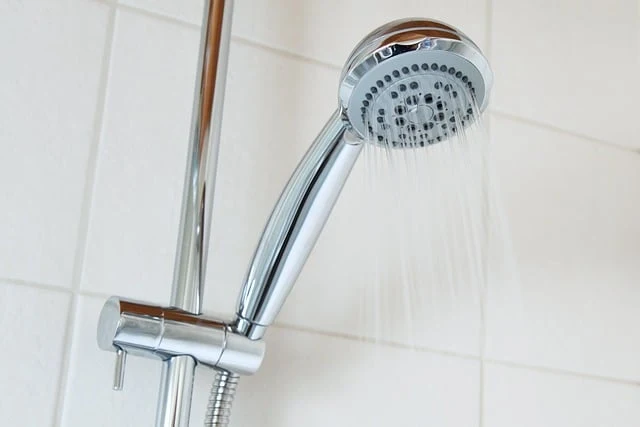
One of the strongest arguments for urinating in the shower is its potential to save water. By eliminating the need for a separate toilet flush, a person could save approximately 2,190 liters (579 gallons) of water per year. If the entire U.S. population adopted this practice, it could lead to an annual water savings of 699 billion liters (185 billion gallons). This significant reduction in water consumption highlights the environmental advantages of shower urination.
Potential Health Risks: The Pelvic Floor Connection
Despite the environmental benefits, the potential health consequences of this habit must be considered. Dr. Jeffrey-Thomas explains in a TikTok video that regularly peeing in the shower may lead to pelvic floor and bladder control issues.
The Pavlovian Response
Dr. Jeffrey-Thomas likens this habit to Pavlov’s classical conditioning experiment, where dogs learned to associate the sound of a bell with food. Similarly, repeatedly urinating in the shower can train the brain to link the sound of running water with the urge to pee. This association may result in involuntary urination triggered by running water sounds, such as a faucet, toilet flush, or even rain.
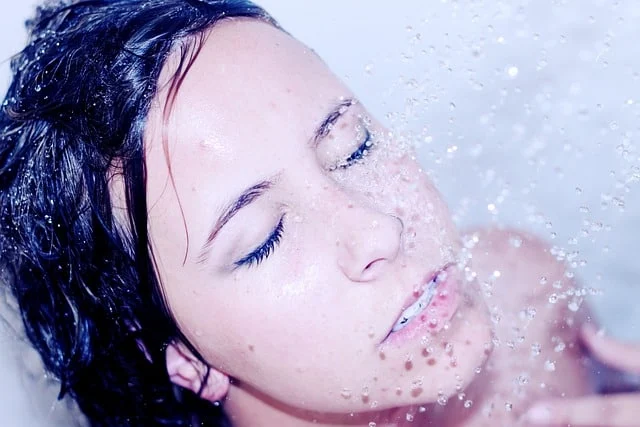
Pelvic Floor Dysfunction Risks
For individuals with existing pelvic floor dysfunction, this learned association can exacerbate bladder control problems. Dr. Jeffrey-Thomas explains that urinating while standing in the shower does not allow the pelvic floor muscles to fully relax, potentially leading to incomplete bladder emptying. Over time, this can contribute to urinary retention and increase the risk of urinary tract infections (UTIs).
Some argue that squatting while urinating in the shower might alleviate pelvic floor strain. Dr. Jeffrey-Thomas acknowledges that a full squat position allows for better pelvic floor relaxation, but she still advises against making shower urination a habit. If one must urinate in the shower, a proper squatting position is preferable to standing.
Why Doesn’t Toilet Flushing Trigger the Same Response?
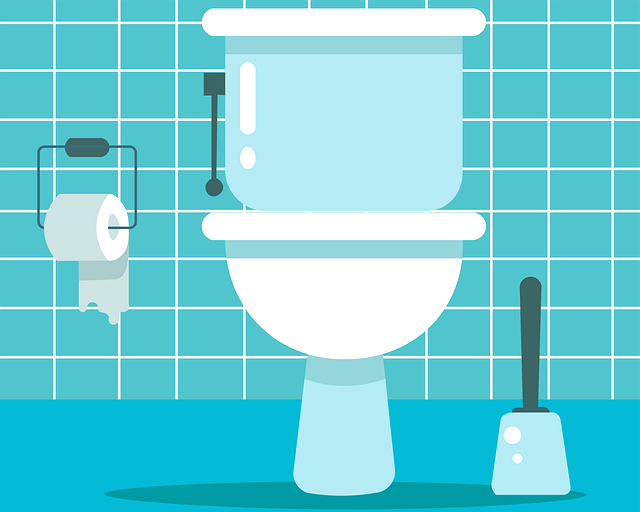
A common question is why flushing the toilet doesn’t condition the brain in the same way. Dr. Jeffrey-Thomas clarifies that by the time a person flushes the toilet, they have already urinated, so no association is formed. However, individuals who struggle to resist the urge to urinate when exposed to running water may already have underlying bladder control issues.
Understanding Pelvic Floor Dysfunction
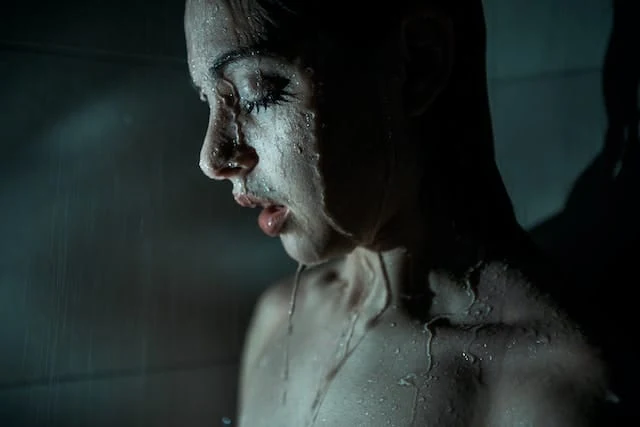
Pelvic floor dysfunction is a common condition, particularly among women. The pelvic floor is a group of muscles that support the bladder, uterus, rectum, and other organs. Dysfunction occurs when these muscles become too weak or too tight, leading to symptoms such as:
- Urinary and bowel incontinence
- Lower back pain
- Pain during intercourse
- Increased urgency or frequency of urination

Factors such as childbirth, surgery, aging, obesity, and high-impact activities can contribute to pelvic floor dysfunction. Given that urinating in the shower might worsen symptoms, individuals should be aware of these risks before adopting the habit.
The Biological Factor: Why Female Anatomy Matters
Dr. Jeffrey-Thomas emphasizes that those with female anatomy are not designed to urinate while standing. Unlike male anatomy, where the positioning allows for better bladder emptying while standing, females may struggle to fully relax the pelvic floor in this position. This can lead to incomplete bladder emptying, increasing the risk of UTIs and other urinary complications.
Pros and Cons of Peeing in the Shower
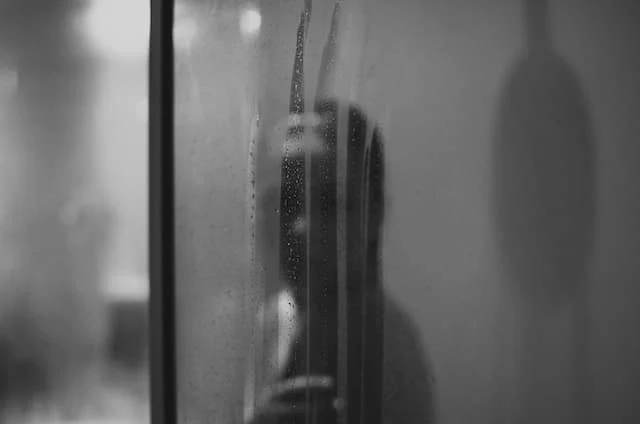
Pros:
- Water conservation: Reduces toilet water usage significantly.
- Convenience: Saves time, particularly during a rushed morning routine.
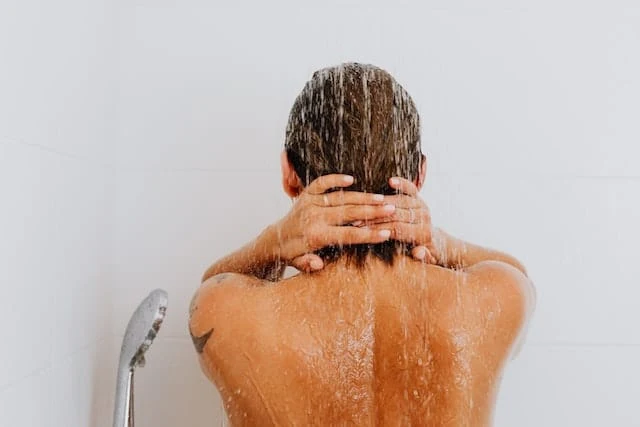
Cons:
- Pelvic floor health risks: May contribute to bladder control issues and pelvic dysfunction.
- Conditioned response: Can create an involuntary urge to urinate when exposed to running water.
- Sanitation concerns: While urine is mostly sterile, it can still contain bacteria that may pose hygiene risks.
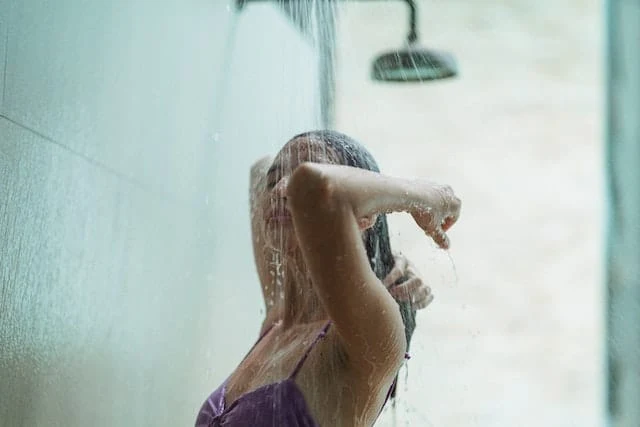
The Bottom Line
While peeing in the shower may seem like an eco-friendly and convenient habit, it is important to weigh the potential health risks. Dr. Alicia Jeffrey-Thomas’s insights serve as a reminder to consider the long-term effects of our daily routines. Striving for sustainability should not come at the cost of personal health. Ultimately, making an informed decision based on both environmental and health factors is key to maintaining overall well-being.
I discovered that my son’s nanny had been secretly taking him to an abandoned basement every day — what I found there left me in shock

A few weeks ago, I started noticing something wasn’t right. Every day after I came home from the hospital, Liam would look exhausted. And not just the normal kind of tired; he seemed drained, distant.
His eyes were heavy, his usual energy completely gone. Worse, he looked scared. Every time I asked him what was wrong, he’d just shrug and say, “I’m fine, Mom.”
But I knew better. “Liam, honey, are you sure? You don’t seem yourself. Is something going on at school?”
“No, Mom. Everything’s fine.” He’d try to force a smile, but I could see through it. Something wasn’t right.
I asked Grace, our nanny, if she had noticed anything. She had been helping me out for nearly a year, watching Liam after school when my shifts ran long.
“Oh, he’s probably just tired from school,” she said casually. “You know how kids are—always a little moody. Plus, I don’t let him watch too much TV, so he might be sulking about that.”
I wanted to believe her, but the worry in my gut kept growing. Liam wasn’t a moody kid, and I knew when something was off with him. I just couldn’t figure out what.
I tried to brush it off as me being paranoid and overthinking things like I sometimes do. But every day, Liam seemed to retreat further. It was like something was bothering him and it was eating at me.
One evening, after I tucked Liam into bed, I found myself staring at the security camera footage. We had a couple of cameras around the house for safety reasons, but Grace didn’t know about them. I hesitated at first, feeling guilty, but I just couldn’t shake the feeling that something was wrong.
When I watched the footage, my heart sank. Every day, around lunchtime, Grace would take Liam out of the house. She always told me they stayed in, but the cameras told a different story.
They were gone for hours, and when they returned, Liam looked dirty, tired, and distant. Once, I even saw Grace wipe him down before I got home, like she was hiding something.
I watched as she placed a finger to her lips and made a “shush” motion toward Liam. My hands tightened around my phone. What was going on? Where was she taking him?
By the fourth day of watching this play out, I couldn’t take it anymore. I had to know the truth. I took a personal day from work, telling my boss I’d be late, and parked down the street, waiting for Grace and Liam to leave.
Just as I had expected, around noon, they slipped out of the house and walked down the street. I followed them at a distance, my heart racing. They turned down an alley I hadn’t noticed before, and at the end of it stood an old, run-down building.
Grace unlocked a rusty door, and they both disappeared inside.
I hesitated for a moment, fear gnawing at me. But I had to know what was going on. I crept closer, my hands trembling as I pulled out my phone and hit record. The door creaked open slightly, and I slipped inside, my footsteps barely audible.
The air was damp and musty. It smelled like a place forgotten by time. I saw a set of stairs leading down into what looked like a basement, and my stomach twisted in knots. What was Grace doing with my son down here?
I waited a few minutes, then crept closer. The door was slightly ajar, so I slipped inside, barely breathing. The place smelled musty, like old, forgotten things. I could hear muffled voices from below. I descended the dusty stairs, careful not to make a sound.
And then… I froze.
When I reached the bottom of the stairs, my heart was pounding so hard I thought it might burst. But what I found wasn’t what I expected at all.
The basement that I’d imagined as cold, dingy, and sinister wasn’t. Instead, it was a large, brightly lit room. The walls were freshly painted in a soft olive green — my favorite color.
I blinked, trying to process what I was seeing. Along the walls were shelves lined with fabric, thread, buttons, and ribbons, neatly organized. There was a small wooden desk in the corner covered with sewing patterns carefully laid out.
“What…?” I breathed, completely at a loss for words.
I hadn’t noticed Liam yet, but when I looked up, there he was, standing next to a giant cardboard box in the middle of the room. His eyes went wide when he saw me.
“Mom!” he gasped, frozen in place.
Grace, who had been folding fabric at the desk, dropped the cloth she was holding and stared at me, just as startled. For a few seconds, none of us said anything. I couldn’t make sense of the scene in front of me. All the fear, all the suspicion — it melted into confusion.
“What is this?” I stammered, my voice shaky. “What’s going on here?”
Liam glanced nervously at Grace, then back at me, biting his lip like he always did when he was anxious. He took a small step forward. “I… I was trying to surprise you, Mom.”
“Surprise me?” I repeated, looking around the room. None of this was making sense. “Why—what is all this?”
Liam shifted from foot to foot, his small hands clasped in front of him. “I found your old diary, the one from when you were a kid,” he said softly.
“You wrote in there about how you wanted to be a seamstress… how you wanted to design clothes and have your own brand.”
I felt a sudden tightness in my chest. That diary. I hadn’t thought about it in years. I could barely remember writing in it, let alone the dreams I had poured into its pages.
Liam continued, his voice growing even quieter. “But you said your parents pressured you to become a doctor instead, and it made you really sad.”
I felt my breath catch. I’d buried those feelings so deep that I had almost forgotten they ever existed. And here was my son, reminding me of a dream I’d long since given up.
Liam’s eyes filled with worry as he looked at me. “I just—I just wanted to make you happy, Mom.” His voice cracked a little, and he swallowed hard. “So, I asked Grace if she could help me build you a place to sew. We’ve been coming here after school every day to work on it.”
I stared at him, my heart full but aching all at once. “Liam…” I whispered, barely able to speak.
“We saved up,” he added quickly, pointing to the big cardboard box. “We got you something special.”
I glanced at Grace, who was now standing beside him, her hands clasped in front of her. She smiled, a bit sheepishly, but there was warmth in her eyes.
“He used all the money he saved from birthdays,” she explained softly. “We found a thrift store with a sewing machine that was in great condition. It turned into a little project for us.”
A sewing machine? My heart felt like it might burst. I slowly sank to my knees, my hands trembling. I couldn’t believe what I was hearing.
“You did all this for me?” I whispered, looking up at Liam. Tears were already spilling down my cheeks.
Liam’s eyes filled with worry. “Mom, are you okay?”
I couldn’t speak. All I could do was nod. He rushed to me, wrapping his little arms around my neck and holding me tight. I hugged him back just as fiercely, my tears falling freely now. My sweet boy. My beautiful, thoughtful, loving boy.
Grace walked over and quietly lifted the cardboard box. Beneath it was a shiny, modern sewing machine. I gasped, my hand flying to my mouth. It wasn’t just some old thing from a thrift store — it was practically brand new.
“We wanted to surprise you, but I guess we didn’t plan on you finding out like this,” Grace said with a soft chuckle.
Liam pulled back slightly, looking into my eyes. “I just wanted to make your dreams come true, Mom,” he whispered. “Like you always do with mine.”
His words hit me like a wave, and I broke down, sobbing harder than I had in years. Not out of sadness, but out of pure, overwhelming love and gratitude.
I had spent so long thinking that part of my life was over, that I had missed my chance. But here was my son, this little boy with a heart bigger than I ever realized, bringing that dream back to life for me.
“I don’t know what to say,” I whispered through my tears. “Liam, you… you’ve given me more than I could ever ask for.”
Liam smiled, his own eyes shiny with unshed tears. “I just want you to be happy, Mom.”
I pulled him into my arms again, holding him close, as if I could protect this moment forever. The room, once an old forgotten basement, was now filled with light, hope, and love.
And all because my little boy believed in me, even when I had stopped believing in myself.



Leave a Reply